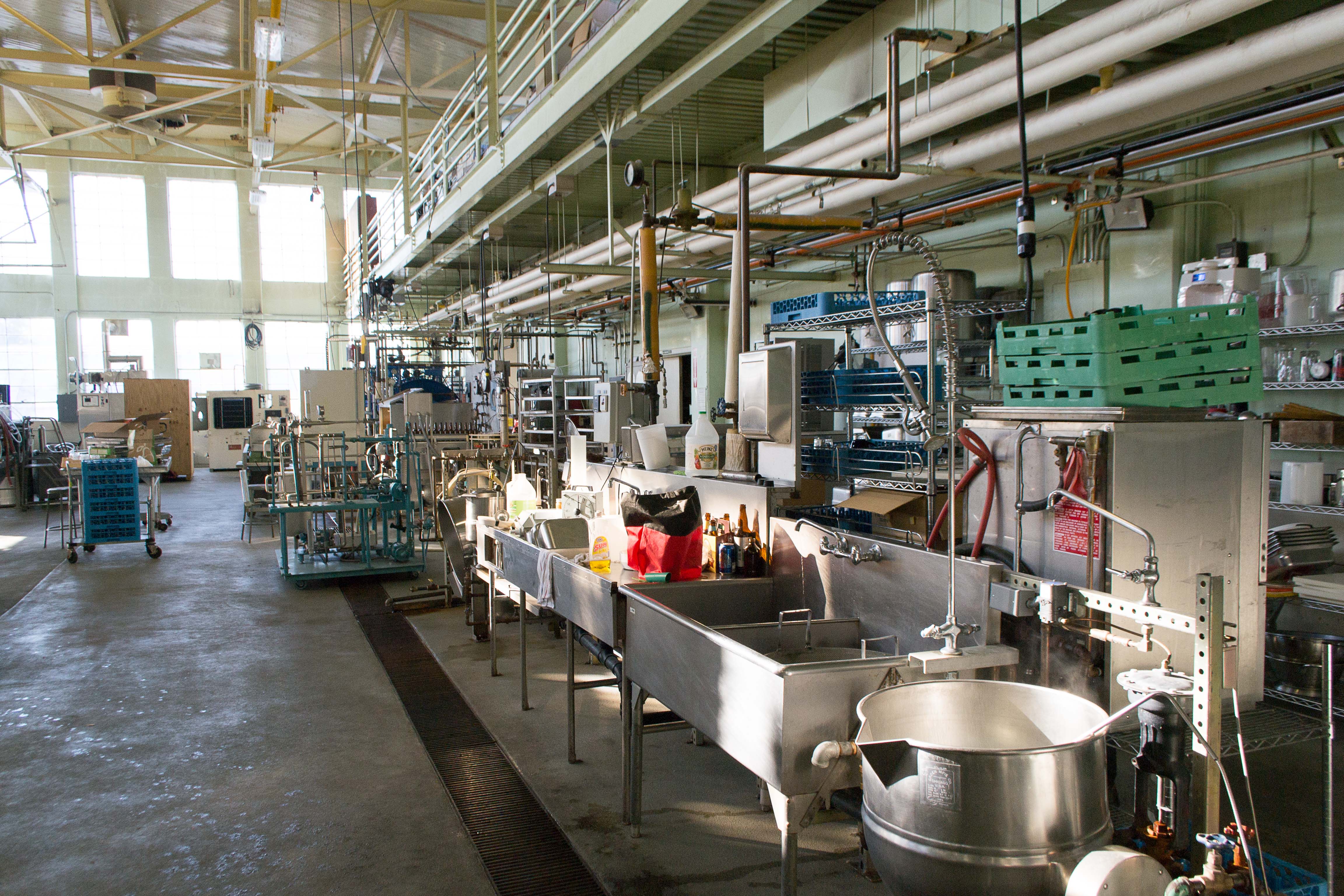
Accounting for the effect of degree of milling on rice protein extraction in an industrial setting.
Sign Up to like & getrecommendations! Published in 2018 at "Food chemistry"
DOI: 10.1016/j.foodchem.2018.01.147
Abstract: The by-products of rice milling (BRM), which are predominately rice bran, are a potential source of soluble protein that has been underexploited due to difficulties in extraction. Significant advances have been made understanding how protein… read more here.
Keywords: protein; colorimetry; rice; effect degree ... See more keywords

Effect of 30-Degree Sloping Smooth and Stepped Chute Approach Flow on the Performance of a Classical Stilling Basin
Sign Up to like & getrecommendations! Published in 2021 at "Journal of Hydraulic Engineering"
DOI: 10.1061/(asce)hy.1943-7900.0001840
Abstract: AbstractAdvances in dam construction techniques have significantly increased the number of stepped spillways implemented worldwide. Although stepped chutes provide enhanced energy dissipation along... read more here.
Keywords: stepped chute; chute approach; sloping smooth; effect degree ... See more keywords

Effect of the Degree of Sulfoethylation of Polyaminostyrene on Its Acid-Basic Properties and Specificity of Interaction with Transition Metal Ions
Sign Up to like & getrecommendations! Published in 2020 at "Russian Journal of Applied Chemistry"
DOI: 10.1134/s1070427220090128
Abstract: A method was developed for the preparation of N-2-sulfoethylated polyaminostyrene (SEPAS) by gel synthesis with a degree of substitution up to 1.2. The composition and structure of the products of polymer-analogous transformations were characterized using… read more here.
Keywords: degree sulfoethylation; sulfoethylation; sulfoethylation polyaminostyrene; polyaminostyrene acid ... See more keywords

EFFECT OF DEGREE OF RICE MILLING ON ANTIOXIDANT COMPONENTS AND CAPACITIES
Sign Up to like & getrecommendations! Published in 2017 at "Italian Journal of Food Science"
DOI: 10.14674/ijfs-836
Abstract: De-husking and milling-induced changes in the content of antioxidant compounds and the antioxidant capacities of rice fractions were investigated in this study. Six fractions rice husk, brown rice, and milled rice (MR) after four different… read more here.
Keywords: degree rice; rice; effect degree; antioxidant components ... See more keywords

Bioactive Carboxymethyl Cellulose (CMC)-Based Films Modified with Melanin and Silver Nanoparticles (AgNPs)—The Effect of the Degree of CMC Substitution on the In Situ Synthesis of AgNPs and Films’ Functional Properties
Sign Up to like & getrecommendations! Published in 2022 at "International Journal of Molecular Sciences"
DOI: 10.3390/ijms232415560
Abstract: Green synthesis of nanoparticles for use in food packaging or biomedical applications is attracting increasing interest. In this study, the effect of the degree of substitution (0.7, 0.9 and 1.2) of a carboxymethylcellulose polymer matrix… read more here.
Keywords: substitution; synthesis; silver nanoparticles; effect degree ... See more keywords